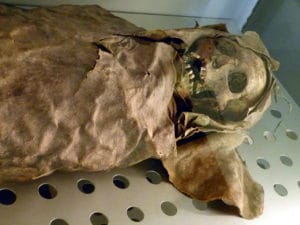Introduction:
The Canary Islands, also known informally as the Canaries, is a Spanish archipelago in the Atlantic Ocean, in a region known as Macaronesia. At their closest point to the African mainland, they are 100 kilometres (62 miles) west of Morocco. They are the southernmost of the autonomous communities of Spain, and are located in the African Tectonic Plate. The archipelago is economically and politically European, and is part of the European Union.

The eight main islands are (from largest to smallest in area) Tenerife, Fuerteventura, Gran Canaria, Lanzarote, La Palma, La Gomera, El Hierro and La Graciosa. The archipelago includes many smaller islands and islets, including Alegranza, Isla de Lobos, Montaña Clara, Roque del Oeste, and Roque del Este. It also includes a number of rocks, including those of Salmor, Fasnia, Bonanza, Garachico, and Anaga. In ancient times, the island chain was often referred to as “the Fortunate Isles”. The Canary Islands are the southernmost region of Spain, and the largest and most populous archipelago of Macaronesia. Because of their location, the Canary Islands have historically been considered a bridge between the four continents of Africa, North America, South America, and Europe.
In 2019, the Canary Islands had a population of 2,153,389 with a density of 287.39 inhabitants per km2, making it the eighth most populous autonomous community. The population is mostly concentrated in the two capital islands: around 43% on the island of Tenerife and 40% on the island of Gran Canaria.
The Canary Islands, especially Tenerife, Gran Canaria, Fuerteventura, and Lanzarote, are a major tourist destination, with over 12 million visitors per year. This is due to their beaches, subtropical climate, and important natural attractions, especially Maspalomas in Gran Canaria, Teide National Park, and Mount Teide (a World Heritage Site) in Tenerife. Mount Teide is the highest peak in Spain and the third tallest volcano in the world, measured from its base on the ocean floor. Because of the islands’ subtropical climate, it has long, hot summers, and moderately warm winters. The amount of precipitation and the level of maritime moderation vary depending on location and elevation. The archipelago includes green areas as well as desert areas.

During the era of the Spanish Empire, the Canaries were the main stopover for Spanish galleons on their way to the Americas, which sailed that far south in order to catch the prevailing northeasterly trade winds.
History:
Ancient and Pre-Colonial:
The islands may have been visited by the Phoenicians, the Greeks, and the Carthaginians. King Juba II, Caesar Augustus‘s Numidian protégé, is credited with discovering the islands for the Western world. According to Pliny the Elder, Juba found the islands uninhabited, but found “a small temple of stone” and “some traces of buildings”. Juba dispatched a naval contingent to re-open the dye production facility at Mogador in what is now western Morocco in the early first century AD.

When the Europeans began to explore the islands in the late Middle Ages, they encountered several indigenous peoples living at a Neolithic level of technology. Although the prehistory of the settlement of the Canary Islands is still unclear, linguistic and genetic analyses seem to indicate that at least some of these inhabitants shared a common origin with the Berbers on the nearby North African coast. The precolonial inhabitants came to be known collectively as the Guanches, although Guanches had been the name for only the indigenous inhabitants of Tenerife. From the 14th century onward, numerous visits were made by sailors from Majorca, Portugal and Genoa.
Castilian Conquest:
In 1402, the Castilian conquest of the islands began, with the expedition of the French explorers Jean de Béthencourt and Gadifer de la Salle, nobles and vassals of Henry III of Castile, to Lanzarote. From there, they went on to conquer Fuerteventura (1405) and El Hierro. Béthencourt received the title King of the Canary Islands, but still recognised King Henry III as his overlord.
